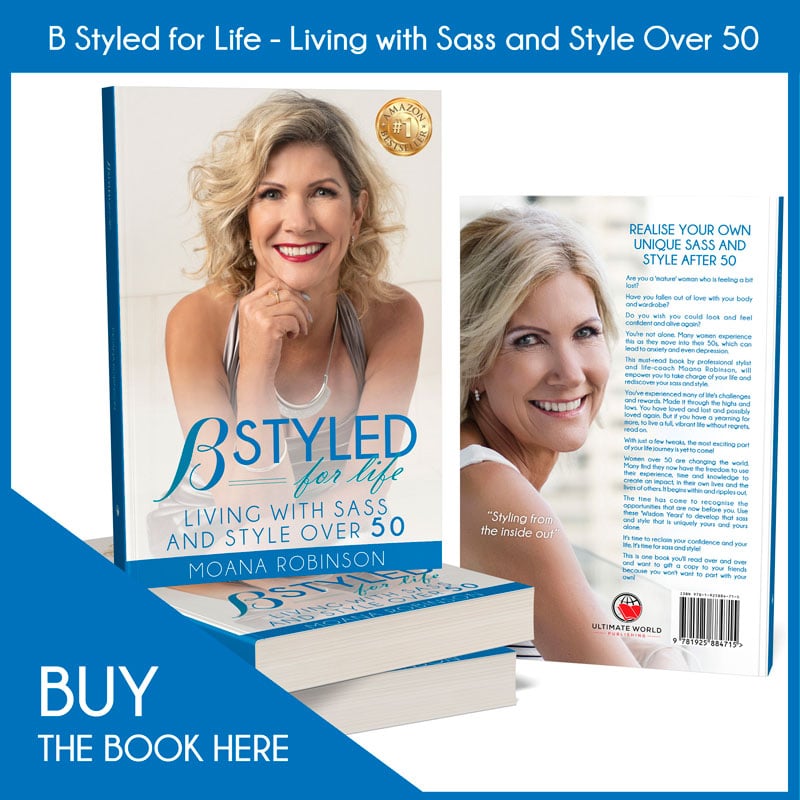“Uncomfortable Shoes Equals Ugly Face” …
A Beauty Therapist friend said this and it is so true… what is the point in wearing pretty shoes if they are not comfortable.
Consider the following tips so your shoes don’t end up as an expensive mistake staring at you in your closet – or as the saying goes “like throwing money down the toilet”
- Consider width, style, height, material and construction. Do you need arch support or a lower vamp (shoe front cut out) to accommodate a high instep?
- Hard material, exposed seams inside, wrong shape or wrong size can cause blisters
- Plantar fasciitis are tiny tears in the ligaments that support the arch of your foot. Flip flops may seem a comfortable option but the toes need to grip to keep them on and can cause this condition.
- Wearing stiletto heels constantly don’t give the tendon at the back of the heels a chance to relax. This can cause a condition called Achilles tendinitis
- The best time to try on shoes is actually at the end of the day when your feet may be hot or swollen
- Buy shoes with a leather or rubber sole for maximum shock absorption.
- “Witchypoo” or long pointy toes are extremely bad for your feet as your toes cannot possibly reach that far into the shoe. These can cause bunions to develop where the foot is widest just below where the toes start. Neuromas, benign growths of nerve tissue between the third and fourth toes can also develop. The symptoms may be tingling and numbness in the ball of the foot or a sharp shooting pain.
- Not all flat shoes are easy on your feet. It is better to have a little lift to the heel especially if you have a tendency to roll inward or have flat feet.
- You should never have to “break shoes in”. They should be comfortable as soon as you try them on.
- It is best not to wear the same pair of shoes two days in a row as they need to “rest” in between to decompress from pressure and dry out from the moisture they absorb.
- Tight shoes can cause bunions which are enlarged, misaligned big-toe joints.
- Friction can occur as the result of wearing shoes that are too small or too large. This can cause the skin to thicken into calluses (on soles) and corns (on toes).
- As with clothing shoe sizes can vary from designer to designer. Shoes made in Europe are usually narrower in the front. Always ask if there is a half a size smaller or larger just to check the size even if it feels right.
- Get your feet measured yearly at the shoe store with the Brannock shoe measuring device which measures length and width. Feet can flatten and widen or the opposite with age, pregnancy and weight gain/loss.
- Many people find they have one foot longer or wider than the other. This is a normal variant and there is nothing to worry about. This can be genetic and you can blame Mum or Dad. One of our daughters has one foot like myself and the other foot like her Dad!.
- High quality leather, suede or fabric is ideal.. Patent leather is not very flexible and topstiching can make the patent shoes even more inflexible.
- Use thin gel inserts for greater comfort, particularly under the ball of the foot on high heels.
- Mid heel height is best and chunky heels are way more supportive than the stiletto thin heels. It is better if your weight is distributed evenly under your heel and not placed too far back.
- Wedges and platform heels have solid bottoms and act as good shock absorbers. Be careful with wedge shoes as there is a danger of rolling your foot to the side because of the inflexibility of the wedge. Platform shoes give the illusion of a higher heel without the feel of high heels.
- If you have problems with your feet swelling go with adjustable straps, ties and laces.
- When purchasing court shoes the sole should be flexible and bend at the front of the arch but be stiff through the actual arch.
- Try to push in the area around the heel of a shoe when it is off the foot – if you are able to push in enough to touch the insole the shoe will not be supportive enough
- Always make sure the toe area of the shoe you are trying on has enough room through the ball of the foot. Test by pushing on that area of the shoe when its on to ensure there is enough padding.
- Look for shoes that have leather or suede insoles which are breathable and pliable as they prevent chafing and blistering – or buy some good innersoles.
- See how the shoe looks when it is stand on its own – does it look balanced and stable? This will give an indicator on how supportive it will be on your foot.
- An easy way to test your arch is to step on concrete with wet feet. A high arch will show the ball and heel in the footprint but only a narrow side foot. A low or flat arch will look almost solid from ball to heel, A regular arch will have the classic footprint look with the curved side foot connecting the ball and the heel.
- When buying a pair of shoes there should be a thumb’s width between the tip of the longest toe in your foot and the end of the shoe. Always buy a pair of shoes that fit the bigger foot. You can place an over the counter insole in the larger one to take up some of room or prevent foot slippage. Never force your foot into a shoe that is too small or tight. No matter how attractive the shoe is bunions, corns, calluses and blisters are not.
Take your time when selecting a pair of shoes – try not to buy on emotion only. Easier said than done – as a lover of shoes I know!
Contact Moana Robinson of B Styled for Life for advice on Wardrobe Audits, Shopping, Colour and Style


